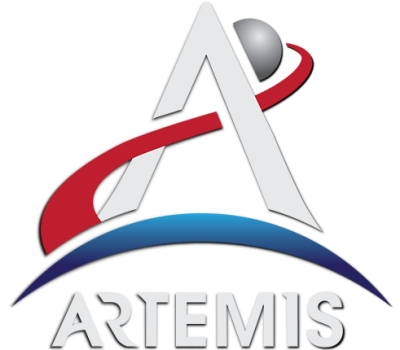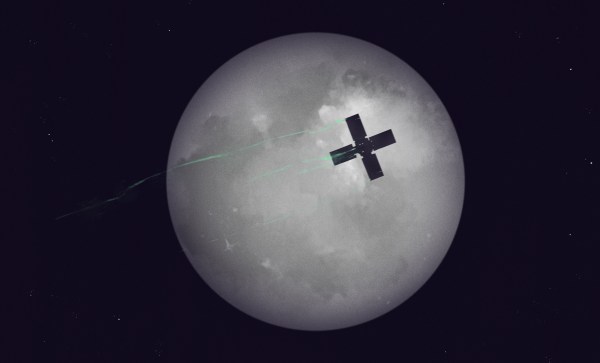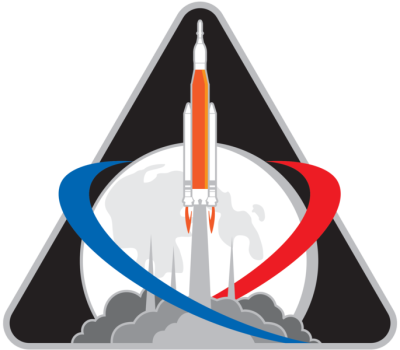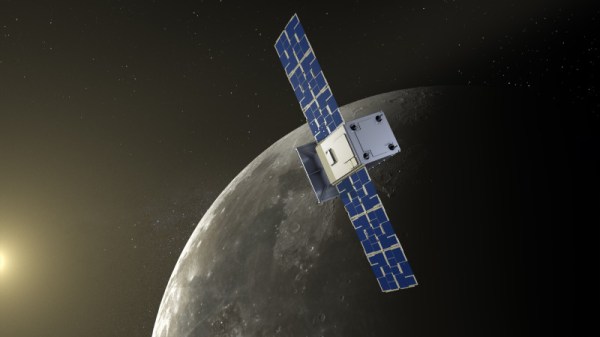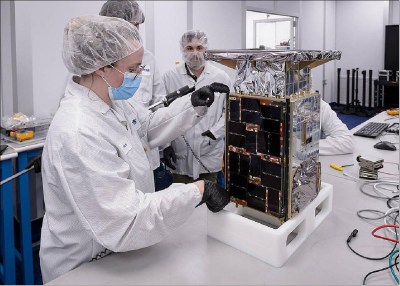As NASA’s Artemis program trundles onwards at the blazing pace of a disused and very rusty crawler-transporter, the next mission on the list is gradually coming into focus. This will be the first crewed mission — a flyby of the Moon following in the footsteps of 1968’s Apollo 8 mission. As part of this effort, NASA is looking for volunteers who will passively track the Orion capsule and its crew of four as it makes its way around the Moon during its 10-day mission before returning to Earth. Details can be found here.
This follows on a similar initiative during the Artemis I mission, when participants passively tracked the radio signals from the capsule. For this upcoming mission NASA is looking for Doppler shift measurements on the Orion S-band (2200-2290 MHz) return link carrier signals, with the objective being to achieve and maintain a carrier lock.
Currently penciled in for a highly tentative April 2026, the Artemis II mission would fly on the same SLS Block 1 rocket configuration that launched the first mission, targeting a multi-trans-lunar injection (MTLI) profile to get to the Moon using a free return trajectory. The crew will check out the new life support system prior to starting the MTLI burns.
Because Artemis II will be on a free return trajectory it will not be orbiting the Moon, unlike Apollo 8’s crew who made ten lunar orbits. Incidentally, Apollo 8’s crew included James Lovell, who’d go on to fly the world-famous Apollo 13 mission. Hopefully the Artemis astronauts will be spared that level of in-space excitement.





